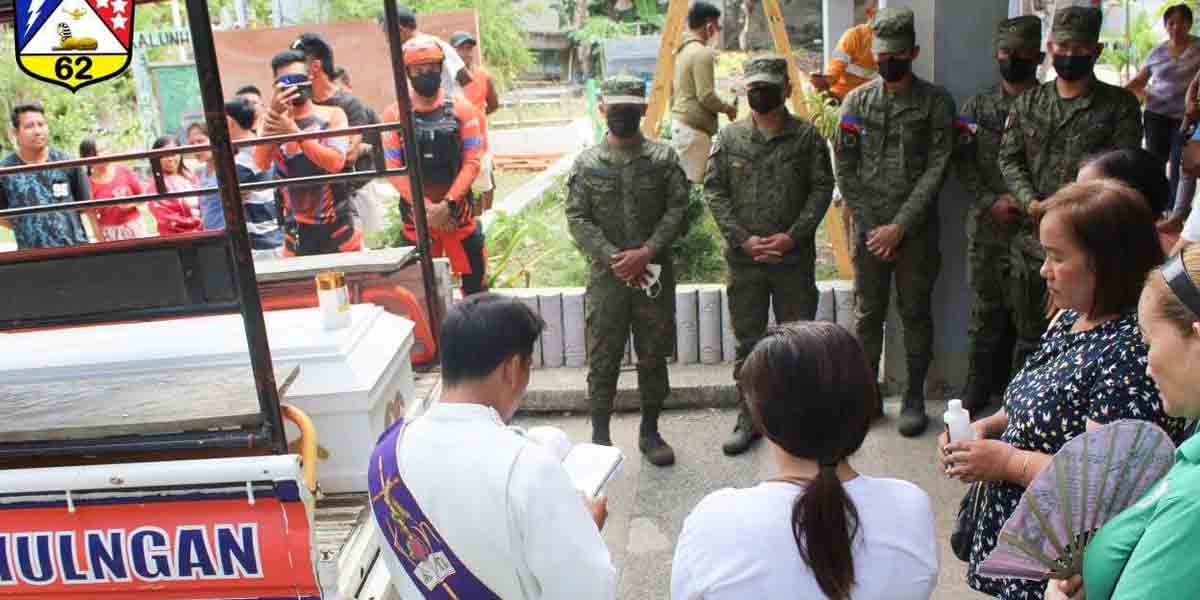 By Ray Adrian Macalalag
By Ray Adrian Macalalag
If you haven’t heard of Build, Build, Build, then at a high rate, you must be missing out. The Build, Build, Build’ (BBB) Program is just the most ambitious infrastructure spending spree of the current administration. As economic managers of the Philippines suggest, it fosters big promises in the overall development of the country in achieving its target of becoming a high-middle income country. When the Covid-19 pandemic hit, infrastructure still was at the altar, worshipped as one of the country’s hope toward economic recovery.
In a news item of the state-managed Philippine News Agency, the BBB program listed 212 airport projects, 446 seaport projects, 10,376 flood mitigation structures, 26,494 kilometers of road, and 5,555 bridges being among the completed projects. Meanwhile, a total of 102 airport projects, 117 seaport projects, 1,090.30 kilometers of railway, 2,587 flood mitigation structures, 2,515 kilometers of road, and 1,020 bridges are currently under construction.
On a fiscal sense, infrastructure disbursement amounted to PhP869.5 billion last year, equivalent to 4.8 percent of GDP, despite construction delays due to Covid-19. While lower than PHP1 trillion worth of infrastructure disbursements in 2019, it is highly comparable to the PhP100 billion average spending (based on obligations) per year from 2001 to 2010 (1.6 percent of GDP).
While the spending part has been fulfilled, it begs us to question. What next? One of the highlights of the BBB program is to generate jobs. In fact, even in pandemic time, it is expected to provide opportunities to Filipinos both from within and those displaced overseas. In the latest labor force survey of the Philippine Statistics Authority, current estimates indicate that unemployment is 7.7 percent (as of May 2021) or a one percent improvement from 8.7 in the previous month. Much of the jobs have been recovered as the country is easing its quarantine restrictions. Last year, unemployment dove to 17.7 percent in April and improved in July to only 10.0 percent. Figures also show that pre-BBB program, unemployment was at 6.5 percent in the same period in 2015; by 2019, annual figures showed 5.1 percent unemployment. So it seems, whether directly or indirectly, the program has generated jobs.
The BBB program has created a brand of its own. It is true to its promise to increase public investment on infrastructure and generate jobs. However, is it really the program that did this? Or is it just a label for something.
In a report by Philippine Institute for Development Studies Research Fellow Janet S. Cuenca last December 2020, the BBB program seemed to be lost in translation. Cuenca pointed out that the program lacked information on what it really is and what it covers. The National Economic and Development Authority said it covers priority infrastructure programs, projects and activities in the public investment program as well as infrastructure flagship programs which include major capital project undertakings. One major finding of the report actually called out that the full potential of the economic benefits of the BBB program has not been realized quoting the International Monetary Fund (IMF). The IMF ultimately meant that our country needs to improve on efficiency in public investment and making sure returns outweigh the capital investment.
The program could be just a fancy name of where we are spending all of our money. It goes with several nicknames, including “The Golden Age of Infrastructure”. But with the turn of events, it can actually be the country maxing out all of its credit cards and not being able to be back in a good financial position.
Popping the bubble of the promises of the BBB program, why does it have to exist with this label when it is in deep identity crisis?
Browsing over social media, the BBB seems synonymous to the name of a cabinet secretary. From his controversial “Ang ganda mo, Pilipinas” post which drew flak among transport planners and sustainability advocates to many other posts glorifying and taking credit of the country’s infrastructure boom, it seemed that the name of the program is being used for a political aspiration.
People have become creative in finding their own spotlight; sometimes at the public’s expense including our hard-earned taxes. The country could have done away with the branding and just do its thing with “priority projects under the public investment program” and “infrastructure flagship projects” which are perfectly the same. Without the fancy name, who could take credit of it? After all, it is our money, not just theirs.
At this point, what is BBB anyway? It probably is a multi-year plan or a bunch of infrastructure projects or it can be something that solemnizes a candidacy of a would-be politician as his name became almost synonymous to the infrastructure program of the government.
I just thought that as public servants we should do things not to get noticed but rather do things because these were the right things to do. While the BBB is there, I just wonder how necessary it is to also flash ones face in all the project billboards with some getting 50 percent of the space for the face and the other half for a list of projects you can barely read.





















